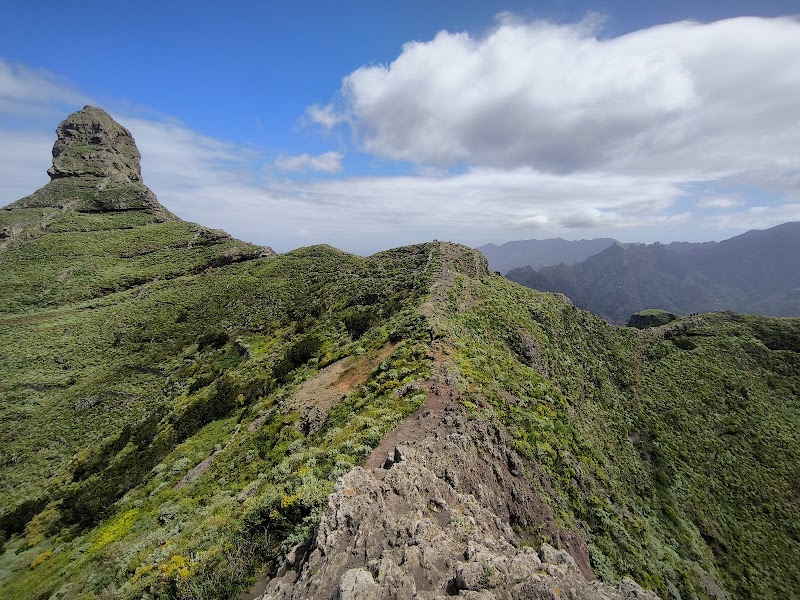Savor Wine Adventures Near San Sebastián: Your Guide to Basque Country Vintages
Explore the vibrant world of Basque Country wines near San Sebastián. This guide highlights renowned Txakoli vineyards, practical tips for visiting, and adventurous side trips to enhance your wine tasting journey along the rugged northern coast.
Book Vineyard Tours in Advance
Reserve your spot early, especially during spring and summer when wineries see a surge of visitors eager to experience tastings and guided tours.
Wear Sturdy Footwear
Vineyards near San Sebastián often feature uneven terrain and slopes. Comfortable, supportive shoes provide safety and ease during your explorations.
Bring a Reusable Water Bottle
Stay hydrated between tastings by carrying water; the coastal sun and elevated vineyard walks can dehydrate you faster than expected.
Plan Transportation
Consider local taxis, organized tours, or designated drivers to ensure a safe journey while enjoying wines without worry.
Savor Wine Adventures Near San Sebastián: Your Guide to Basque Country Vintages
Discover Wine Near San Sebastián: A Practical Guide to Basque Country’s Vineyards
San Sebastián, perched on the edge of the Bay of Biscay, invites travelers not just to its beaches and pintxos bars but to a flourishing experience of wine exploration close by. The surrounding Basque Country offers some of Spain's most distinctive wine regions where tradition meets innovation in every bottle.
Within easy reach are the renowned Txakoli wineries, producing a unique, slightly sparkling white wine characterized by crisp acidity and fresh mineral notes. These vineyards, often perched on rolling hills overlooking the sea, showcase a rugged landscape that dares you to explore both on foot and with a tasting glass in hand.
Planning a wine tour in the Basque region near San Sebastián is straightforward. Most vineyards welcome visitors year-round, with peak times for tours and tastings typically from spring through early autumn. The best approach is to book through local operators who offer guided excursions combining vineyard visits with practical insights into wine-making processes.
Key keywords for this adventure include "San Sebastián wine tours," "Txakoli winery visits," "Basque Country vineyards," and "wine tasting near San Sebastián." These terms not only capture the essence of the experience but also help visitors find authentic and practical opportunities to engage with local wine culture.
In addition to stunning coastal landscapes, expect vineyards with steep, sun-drenched slopes and forested trails where the scent of eucalyptus blends seamlessly with grapevines. The adventure includes learning to appreciate the Basque region’s unique varietals beyond Txakoli, such as Hondarrabi Zuri and Hondarrabi Beltza, which thrive in this specific microclimate.
For those eager to extend the experience, nearby excursions offer hiking in the Pyrenees foothills, seafood markets by the shoreline, and immersive cooking classes. All practical details—like transportation, best times for visits, and footwear recommendations—are easily accessible to ensure your wine adventure is as rewarding as it is smooth.
Enjoy wine in a region where nature insists on attention, vineyards challenge your senses, and every tasting promises a story fiercely its own. San Sebastián’s wine scene delivers a balanced journey of flavor, freshness, and outdoor discovery.
Nearby Trips
All Adventures
Boat Charters
Water Activities
Adventures near San Sebastián
Discover the unique and memorable adventures that make San Sebastián special.
Frequently Asked Questions
What makes Txakoli wine unique around San Sebastián?
Txakoli is a lightly sparkling, high-acid white wine mostly produced from Hondarrabi Zuri grapes in coastal vineyards near San Sebastián. Its freshness and delicate bubbles reflect the region's maritime climate and steep slopes.
Are vineyards near San Sebastián accessible without a car?
While some wineries are reachable by local buses or guided tours, renting a car or joining an organized excursion is highly recommended to visit multiple vineyards comfortably and safely.
When is the grape harvest season in the Basque Country?
Harvest season generally falls between late September and early October, offering visitors a unique chance to witness traditional grape picking and participate in related festivals.
Can I combine wine tasting with outdoor activities near San Sebastián?
Yes, many vineyard tours can be paired with hiking in adjacent foothills or coastal trails, allowing for a balance of sensory exploration and physical engagement.
Are there any local wildlife species to watch for during vineyard walks?
The rolling hills and surrounding forests are home to birds like the European robin and various raptors, as well as small mammals such as foxes and squirrels that add life to your walk.
How do local Basque traditions influence wine production here?
Basque winemakers blend ancestral methods with modern techniques, maintaining cultural identity through festivals, ancestral grape varieties, and community-driven harvesting practices.
Recommended Gear
Comfortable Hiking Shoes
Supportive footwear is necessary for walking uneven terrain through vineyards and hills.
Light Rain Jacket
Protects against unexpected spring showers while exploring vineyard trails.
Reusable Water Bottle
Crucial for hydration on warm days as you trek between tastings.
Sun Hat and Sunscreen
Essential for sun protection during daytime vineyard tours and hikes.
Local Insights
Hidden Gems
- "Ernio mountain foothills for panoramic vineyard views"
- "Lizeaga winery's small-batch traditional production"
- "Secluded coastal vineyards near Zumaia"
Wildlife
- "European robin"
- "Red kites soaring overhead"
- "Nocturnal bat species near forested vineyard edges"
History
"The Basque Country's wine tradition dates back centuries with Txakoli recognized since the 15th century. Vineyards developed organically alongside fishing and farming communities, shaping local culture and economy."
